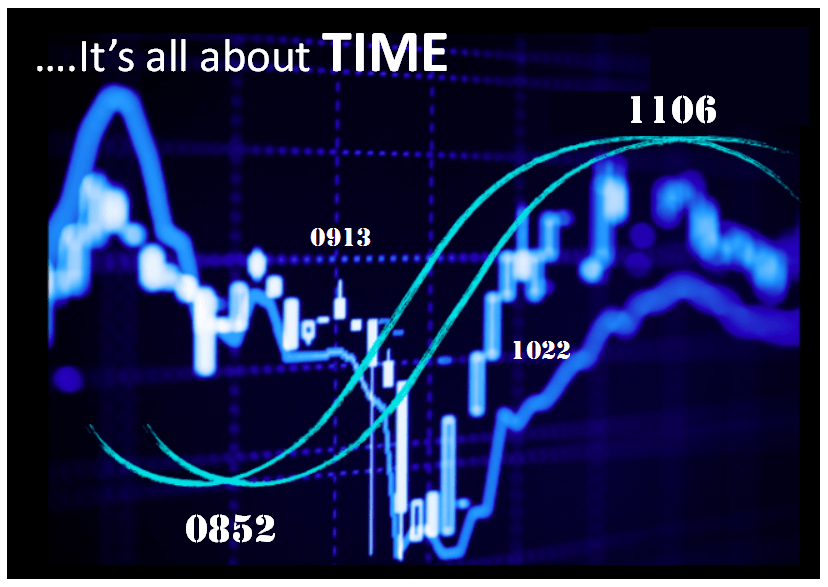I've been using NinjaTrader for close to 7 years now, and have been with them through all the ups and downs of 6, 6.5, and the many multiple versions of 7 that we've been given across the last few years. Each time we have a revision, there are more NinjaTrader indicators that come out or appear on the forums as people became more comfortable with the platform.
In the past 5 years, there has been a resurgence of interest in predictive indicators in light of several relatively uncontrollable factors. High frequency trading, large institutional manipulation, as well as trading algorithms have altered the trading landscape and really affected the way traditional technical indicators were originally designed. Things that you could have seen, easily - with say an RSI indicator or a MACD - even with Fibonacci retracements just don't work the same as they used to anymore.
Nial Fuller of LearnToTradeTheMarket.com has some great insights with regards to lagging versus leading indicators. He argues taht "Price action is the most clean and logical way to analyze and trade...", and that lagging indicators that were designed to follow price action are second hand delayed information versus first hand accounts of what was really happening.
I believe, and have observed, that we can take Nial's obserations one step further. And it really boils down to human psychology on several levels - psychology that makes designing predictive indicators much simpler, conceptually.
People do the same things, at the same times, over and over again. According to a groundbreaking study by Northeastern University, "Human behavior is 93 percent predictable". Building predictive indicators for any market, citing the work of Distinguished Professor of Physics Albert-Laszlo Barbasi, becomes much easier. According to Barbasi, "Spontaneous individuals are largely absent from the population...". The paper's author Chaoming Song says, "...despite our heterogeneity, we are all almost equally predictable".
Historically, people have attempted to predict where the market's are going next - developing a predictive indicator - not taking human behavior patterns into consideration. Rather, they have traditionally focused on cycle theory. This idea centers on the concept of things like waves....sine waves for example. Detecting their presence in the market - identifying where in the cycle we currently are right now, and then extrapolating out into the future where we should be next with regards to price versus time. This idea of "anticipating turning points" was popularized by renowned technical indicator developer John Ehlers of MESA software fame.
Our Northeastern University studies would suggest, with regards to predictive indicator development - that analyzing human behavior patterns over time would be the best approach. If people are in fact 93% predictable, despite their observed diversity, those patterns should emerge in a way that we can observe and confirm. We should be able to use a data set of predictions before a market opens, observe the behavior over the course of the market, and then see a clear pattern which exceeds a 50/50 coin toss with regards to the question, "what did we anticipate the market doing at these times?"
If you're day trading, start looking for these patterns in time with your charting software. Look for times of day where you notice things happening relatively consistently. If a time emerges as a pivot time, say 10:08 Eastern time....start going back several weeks and noticing what happens at that time. How many days was 10:08 a pivot time say in the last 10 trading days? This is the starting point towards understanding where some of these methodologies are right - and others of them are entirely wrong. As you start studying the markets with human pyschology - human predictability in mind, finding these times - marking them, and then waiting for the next repetition of movement at that time in the future becomes the clearest path.



